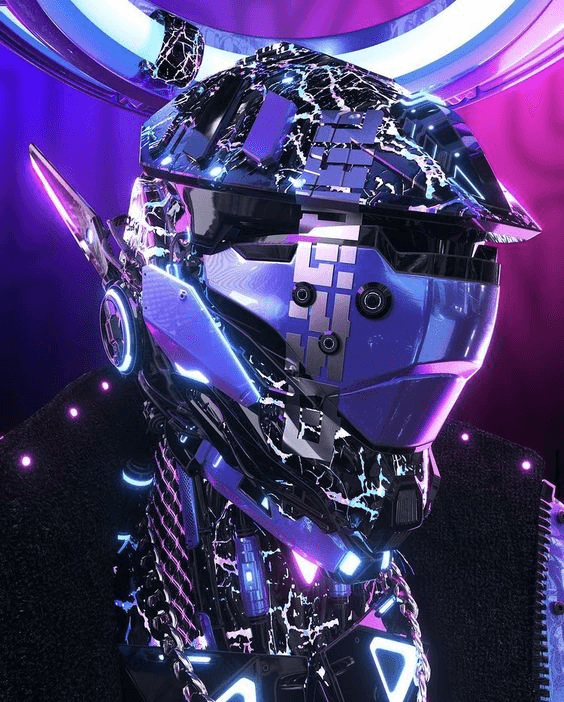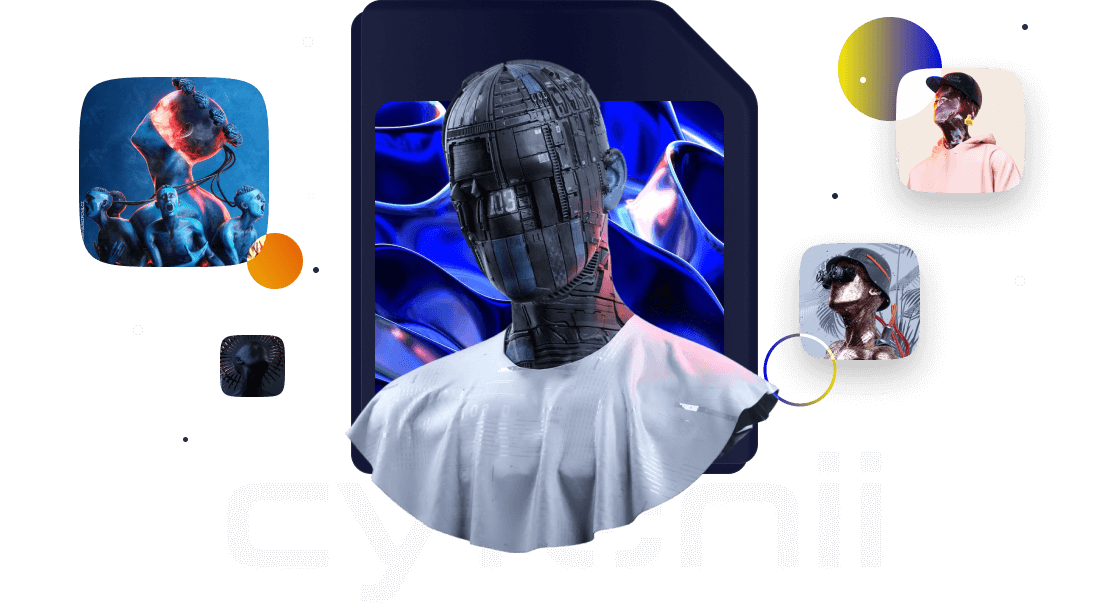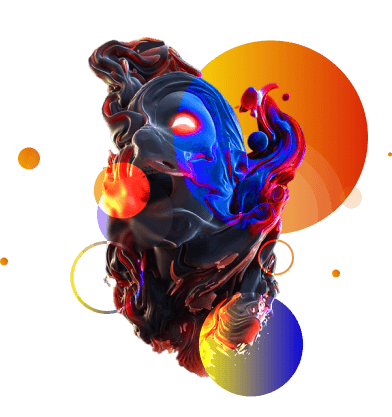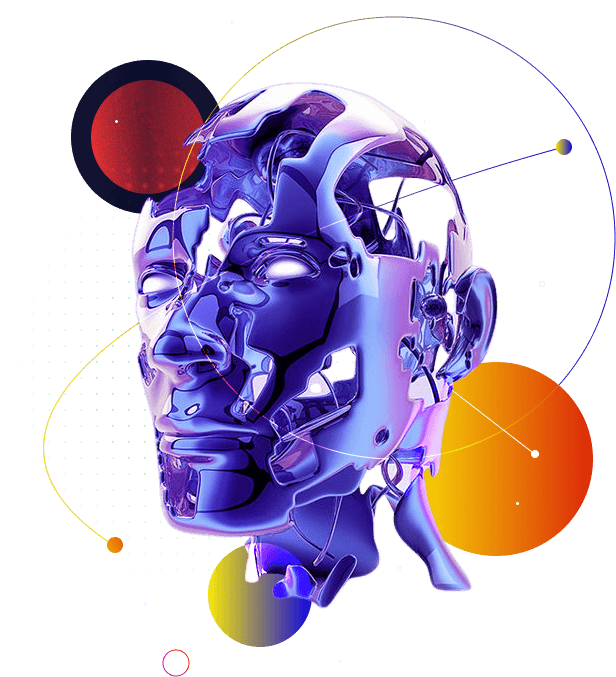

Leslie Alexander
@leslie754

NFTs, or non-fungible tokens, are unique digital assets. It's easiest to think of them as a sort of digital certificate of authenticity.
By providing proof of the authenticity of digital artwork, memes, and video game avatars, NFTs also play a critical role in the world of design and technology. Certificates of authenticity have long accompanied the purchase of luxury goods, collectibles, and artwork.
More About UsRegistered User
Total Assets
Yearly Trading

NFTs can represent a variety of items, such as artwork, collectibles, virtual real estate, music, videos, and more.
NFTs can be sold and traded, making it easier to buy, sell, and trade real-world assets while reducing the risk of fraud.
NFTs are different from cryptocurrencies like Bitcoin or Ethereum, which are fungible and can be exchanged one-to-one.
Suspendisse tristique neque a lorem placerat pharetra. Class aptent taciti sociosqu ad litora torquent per conubia nostra, per inceptos himenaeos

Below is a list of frequently asked questions and answers from partners and 3D artist
Please check this FAQ first before contacting us.
Non-fungible tokens (NFTs) are assets like a piece of art, digital content, or video that have been tokenized via a blockchain. Tokens are unique identification codes created from metadata via an encryption function. These tokens are then stored on a blockchain, while the assets themselves are stored in other places. The connection between the token and the asset is what makes them unique.
NFTs were created long before they became popular in the mainstream. Reportedly, the first NFT sold was "Quantum," designed and tokenized by Kevin McKoy in 2014 on one blockchain (Namecoin), then minted on Ethereum and sold in 2021.
NFTs were created long before they became popular in the mainstream. Reportedly, the first NFT sold was "Quantum," designed and tokenized by Kevin McKoy in 2014 on one blockchain (Namecoin), then minted on Ethereum and sold in 2021.
NFTs are created through a process called minting, in which the asset's information is encrypted and recorded on a blockchain. At a high level, the minting process entails a new block being created, NFT information being validated by a validator, and the block being closed. This minting process often entails incorporating smart contracts that assign ownership and manage NFT transfers.
Perhaps the most apparent benefit of NFTs is market efficiency. Tokenizing a physical asset can streamline sales processes and remove intermediaries. NFTs representing digital or physical artwork on a blockchain can eliminate the need for agents and allow sellers to connect directly with their target audiences (assuming the artists know how to host their NFTs securely).
It depends on what the NFT represents. If it is tokenized real estate, the NFT would be exchanged for the property's market value, which, if it has appreciated, would generate a return for the seller. If the NFT were an image of a monkey in a hat, it would depend on that specific token's market value. If its price had increased since it was last purchased, a seller would earn a profit.
Non-fungible tokens can be valuable to the right person. To an investor, they might appreciate in value. To a collector, they might just be a collection they want to keep. Another person might only want to own it, yet another might consider it memorabilia of a specific moment they treasure.
Non-fungible token (NFT) is the opposite of a fungible token, which describes the interchangeability of a token. For example, say you had three notes with identical smiley faces drawn on them. When you tokenize one of them, that note becomes distinguishable from the others—it is non-fungible. The other two notes are indistinguishable, so they can each take the place of the other.